How to clean siding on a house without damaging it – experts share tips on identifying yours before you set to work
Does the siding on your home look grimy? It can be refreshed but you need to first know the type you have on your home
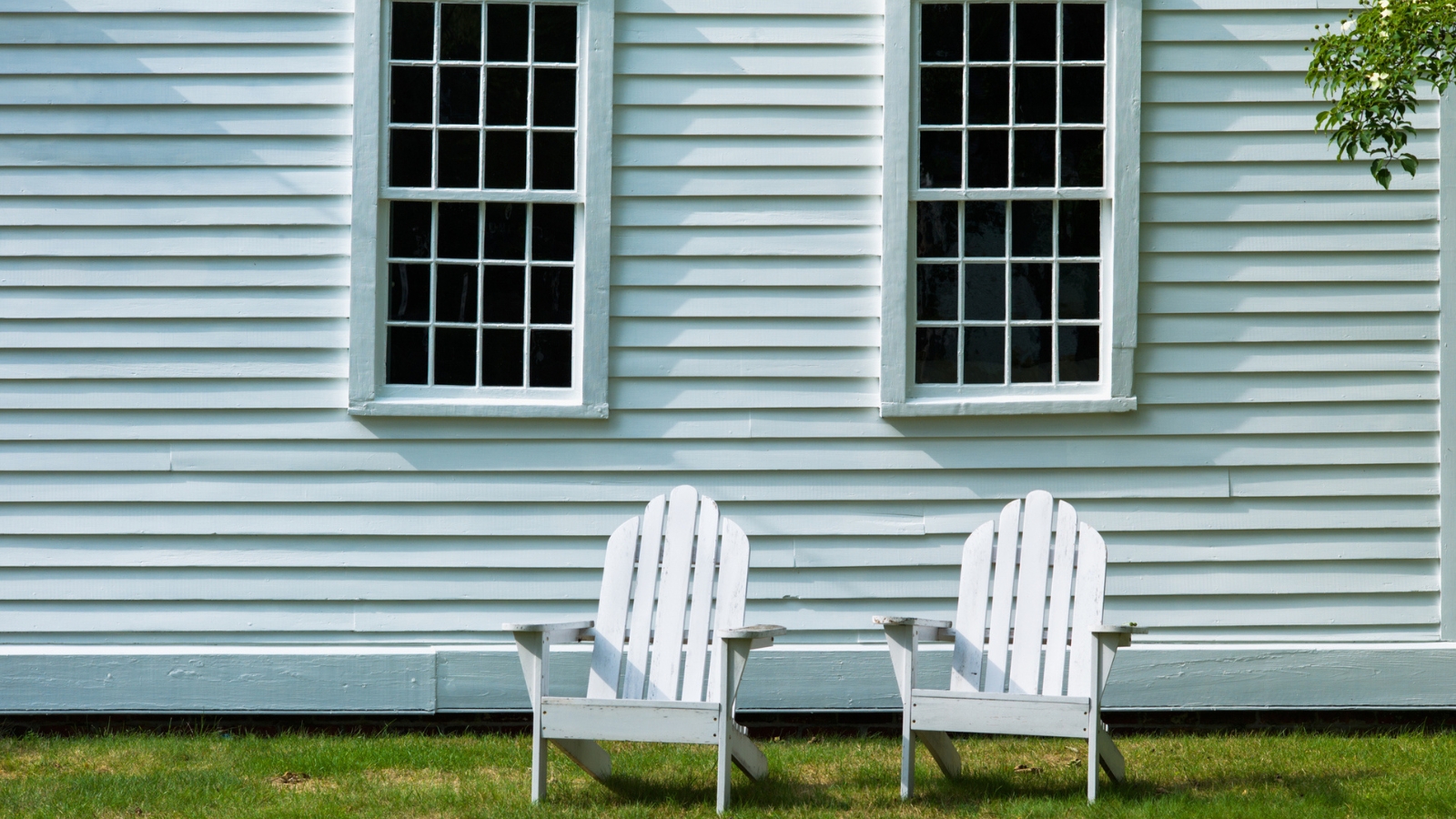
- What is siding?
- Common siding materials
- Identifying your siding
- How to clean every siding material
- How to clean siding step-by-step
- What products to use to clean siding
- What are the pros of cleaning the siding on a house?
- What are the cons of cleaning the siding on a house?
- What are the mistakes people make when cleaning the siding on a house?

If you're about to clean your home's siding for the first time, you may be wondering how to do it correctly and efficiently. Maybe you've just moved into a home that needs a bit of TLC, or perhaps you've lived at your property for a long time, and the siding needs a clean.
Before your bring out your power washer, our experts have issued guidance on how to identify the type of siding you have before you set to work, how to clean each type and the best products and tools for the job. There's more to it than setting your pressure washer on 'high' and hoping grime will slough off without damage.
We've spoken to an experienced construction and home maintenance expert so you know there's more to it than power washing a house.
How to clean siding without damaging it
What is siding?
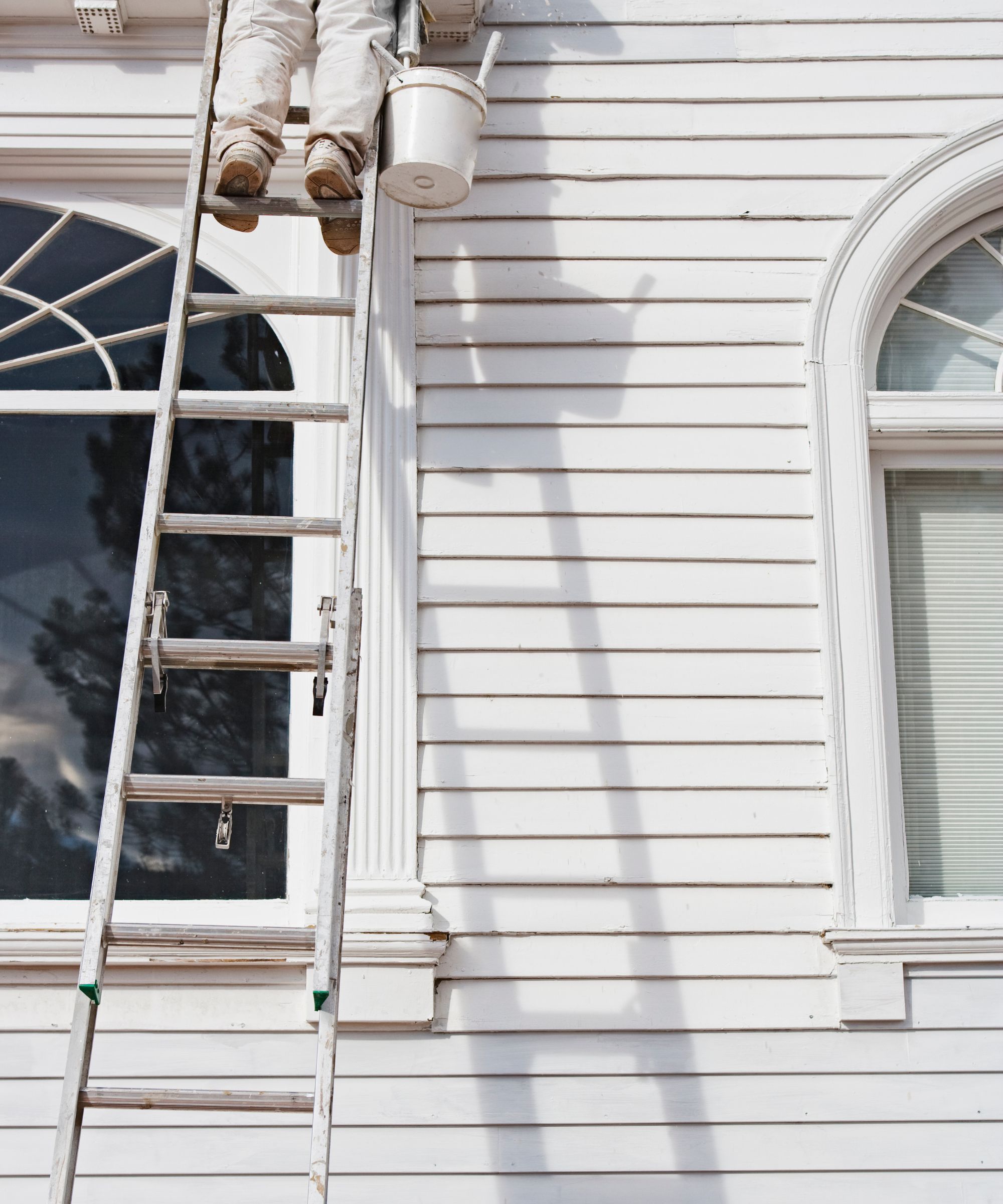
Siding is the exterior cladding that covers the outside of your home. It serves both functional and decorative purposes. On the one hand, siding protects the exterior of your home from the elements and enhances insulation. Without siding, your home would likely suffer from water damage, mold, and excessive temperature fluctuations.
On the other hand, your home’s siding is one of the main elements that contribute to its aesthetic appearance. Your choice of siding affects the overall style of your home. From rustic to ultra-modern, the siding of a house creates a certain ‘look’ to a property.
What materials is siding made from?
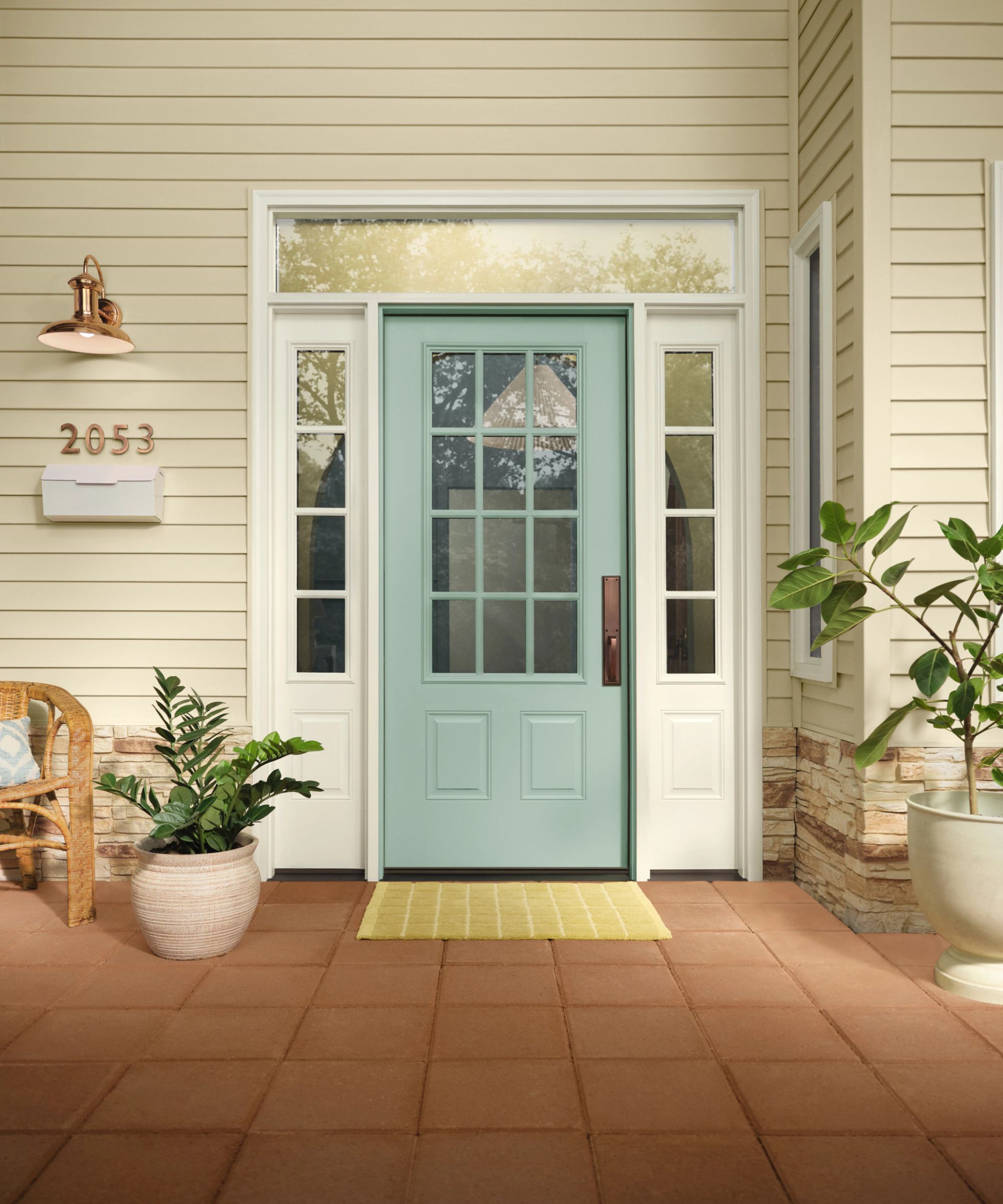
There are many materials used in the making of siding, but the five that are most commonly used are wood, metal, vinyl (which you can paint), stucco, and fiber cement. Each material has its distinctive characteristics and pros and cons. Fiber cement is very durable, for example, but wood is natural and many people find it most aesthetically pleasing. Metal is easier to maintain and vinyl appeals to homeowners thanks to its lower costs compared to wood.
There are other types of siding, though they’re somewhat less common. Brick and real stone are sometimes used on higher-end homes.
Design expertise in your inbox – from inspiring decorating ideas and beautiful celebrity homes to practical gardening advice and shopping round-ups.
It seems incredible now, but siding on many homes used to be made of asbestos, which poses health risks. It was banned in US construction in 1978, but it can still be present in pre-1980s homes. It can look exactly like cement siding. If you’ve just bought an older home and can’t tell what your siding is made from, you should always consult a construction pro before doing anything to your siding, including cleaning it.
How to tell what type of siding you have
Visual clues often won’t give you a reliable answer to this question. Wood, vinyl, metal, and fiber cement planks can all look identical, especially once they’ve been painted. Stucco can be natural or synthetic but will have the same smooth cladding or pebbledash look.
However, there are some telltale signs of a specific material that are useful to know. For example, vinyl plank, especially older types, is prone to fading. While painting vinyl siding can hide discoloration, vinyl plank often is not painted and you’ll be able to see the discoloration from the sun. Aluminum siding may have dents with it due to the softness of the metal. Wood planks may have chips or splits in them.
Having said all of the above, the best way to identify the type of siding you have is by gently tapping on your siding. You’ll then be able to tell by the sound and feel of your siding what material it’s made from.
- Stucco: This is cement mixed with sand and will feel and sound solid when you knock on it. It made its way into US home design via Spanish-style homes but is now used in other styles too. Synthetic stucco, where a thin top coat has been glued to a foam insulation board, will sound hollow when you knock on it. The two may look the same, but they’re very different from the structural point of view. Synthetic stucco is known to cause mold and water damage issues, so if your home has a stucco-like finish but there is warping to the siding, especially around windows, or peeling paint, you almost certainly have synthetic stucco.
- Aluminum: It's very easy to tell yours is made with aluminum because when you tap it, it will give a tinny, light metallic sound.
- Real wood: This will give you a solid sound when knocked on, and you will be able to feel its natural imperfections, especially if the planks are older.
- Vinyl: Although it may look identical, will easily flex when pushed, unlike the other materials on our list.
- Fiber cement: This will feel very dense and rigid and make a solid sound. Fiber cement is a mixture of cement, sand, and cellulose, which makes it durable. Fiber cement replaced asbestos siding, and you’re more likely to encounter this type of siding on newer, post-1980 homes.
How to clean each type of siding material typically found in the USA
If you were about to just bring out your power washer, take a pause for a moment. Different siding materials require different cleaning techniques. We’ve asked construction professionals to give their top tips on cleaning the most commonly found siding materials.
Yaeir Moinzadeh, Owner at Blue Rise Baltimore Roofing, gives the following recommendations for each:
- Vinyl: It needs ‘only a mild detergent and a garden hose or a soft-bristle brush’, according to Yaeir. His pro tip is to clean vinyl siding ‘at least once a year to prevent the accumulation of dirt and grime.’
- Wood: ‘The answer lies in a solution prepared from TSP, bleach, and water’, says Yaeir. ‘Direct high pressure is to be avoided, though’, he cautions. Use the low setting on your pressure washer instead. Wood siding doesn’t need to be cleaned all that often. Every three to five years will be enough ‘to preserve its integrity.’
- Brick or stucco siding: The best solution is ‘to apply a solution of bleach and water’, followed by a rinse with your pressure washer.
- Aluminum: Yaeir say, ‘This requires a soft wash to avoid damage.’ Put your washer on its lowest setting or , better still, use your garden hose to avoid denting from the water pressure. Clean aluminum siding every two to three years to prevent oxidation.
- Fiber cement: This typically only requires a mild soap and water solution, followed by a soft wash with your garden hose.
How to clean siding step-by-step
The process itself is simple:
- First, protect the plants in your yard by laying tarp (Walmart has light in weight but heavy duty in function tarp) over them. Industrial cleaner can be harsh on shrubs and trees.
- Dampen the siding
- Apply your cleaner, using a brush. A telescopic one (such as the bestselling 10ft extending medium bristle exterior brush from Amazon) will serve you well.
- Follow by "dwell time," leaving on the product for the amount of time recommended by the manufacturer, which is typically, between one to several hours.
- Finally, give the siding a gentle rinse. 'Avoid physical damage from high pressure or discoloring from harsh chemicals', advises Yaeir.
Products you should use to clean siding
While some types of siding, especially fiber cement, only really needs a mild soap solution to be cleaned, siding that’s showing signs of mold or stains will need dedicated products. You can start with bleach, but Yaeir also recommends products like Mold Armor or Simple Green, both available on Amazon, to effectively remove dirt and mold from your siding.
What’s so good about these products is they help prevent mold from returning rather than just removing it.
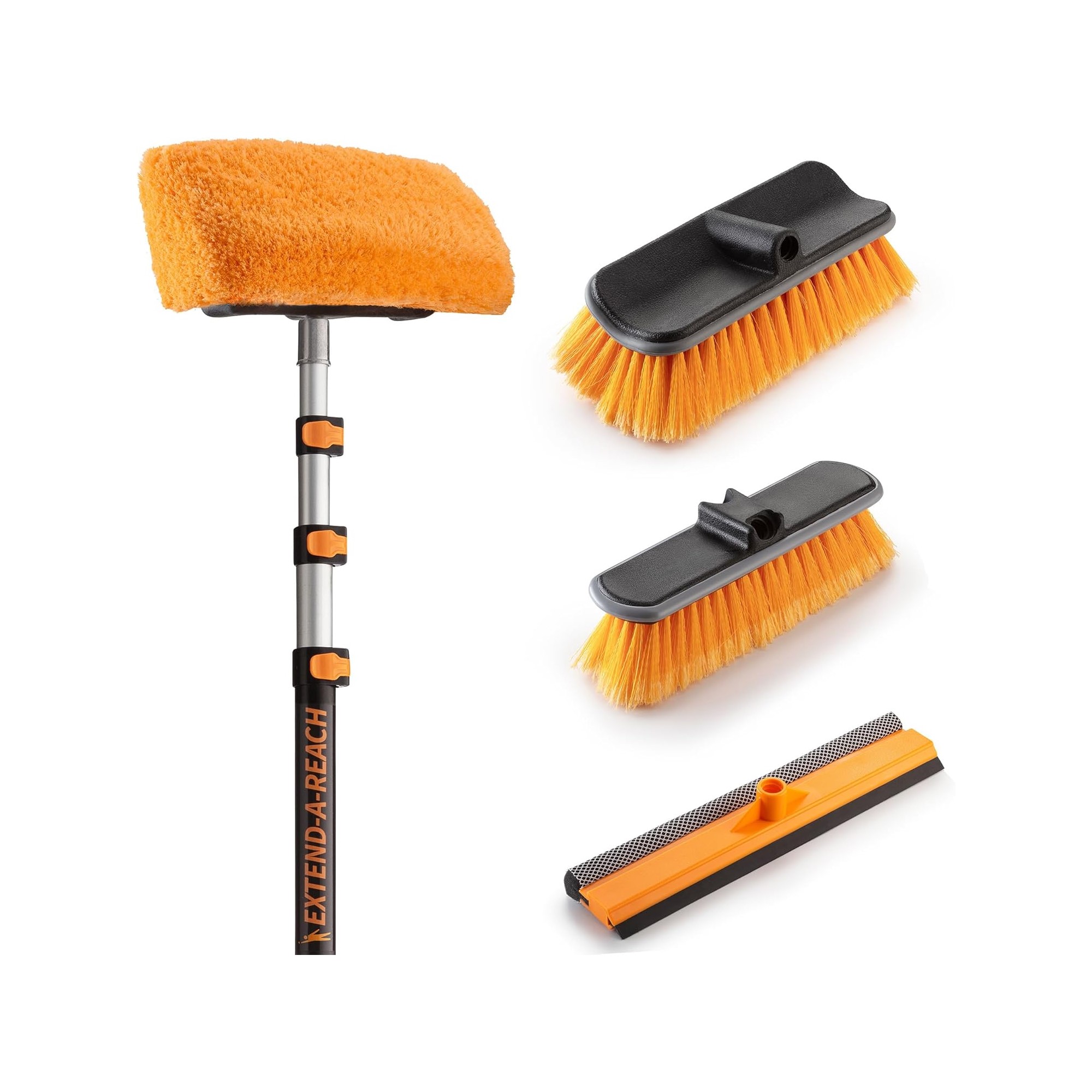
Whatever cleaning solution you choose to use, you will also need a cleaning tool with a long handle to work it in with. This telescopic brush set is our top pick: it was a very long extension pole (up to 24 feet), and three attachments that will be suitable for most siding types.
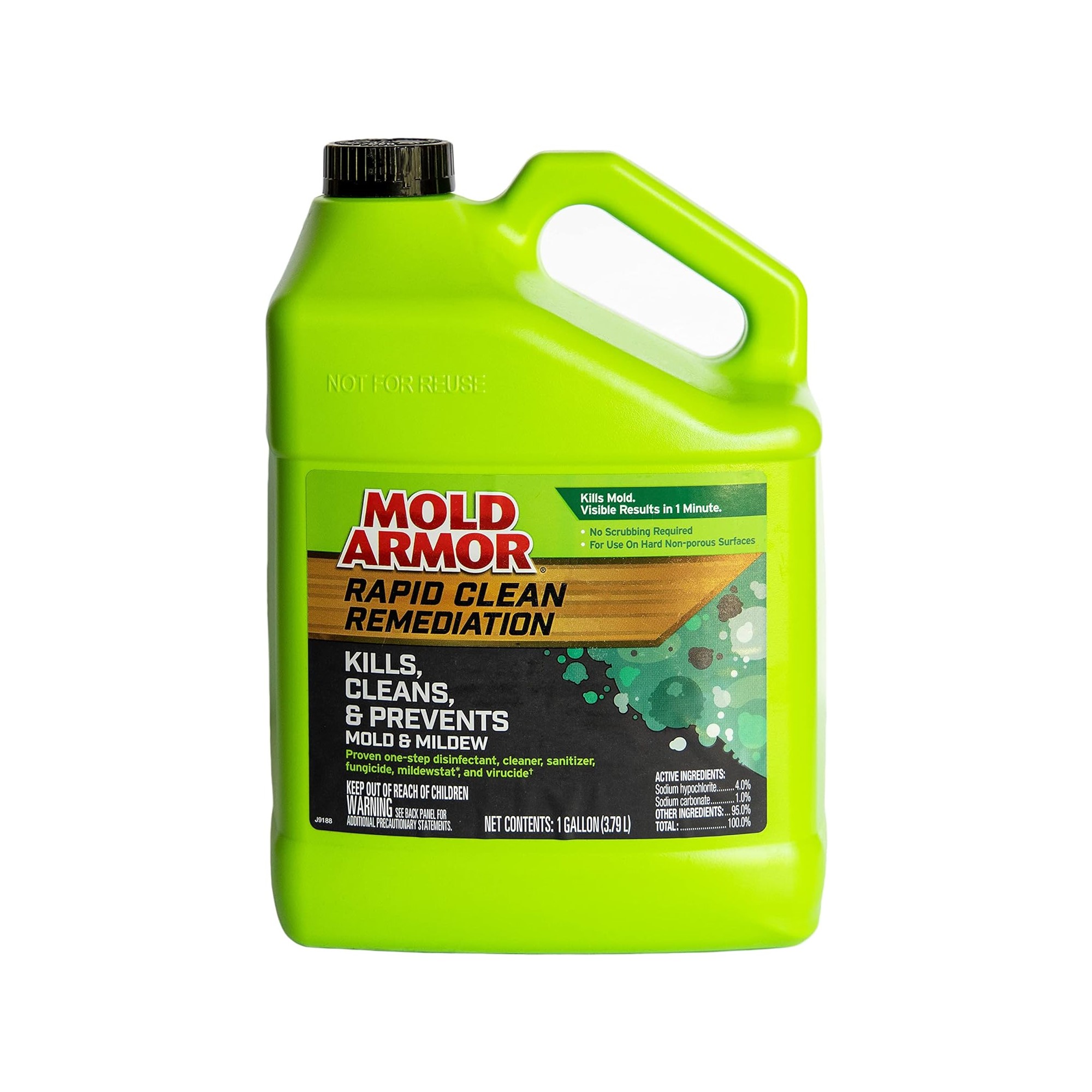
This is the one cleaning product you need to clean your siding. It's very easy to apply and it does everything: kills mold and algae, disinfects, removes discoloration...it even sanitizes the exterior of your home. It's pretty strong stuff, so always wear gloves when using, and a mask if you'll be using a pressure washer to remove it afterward.
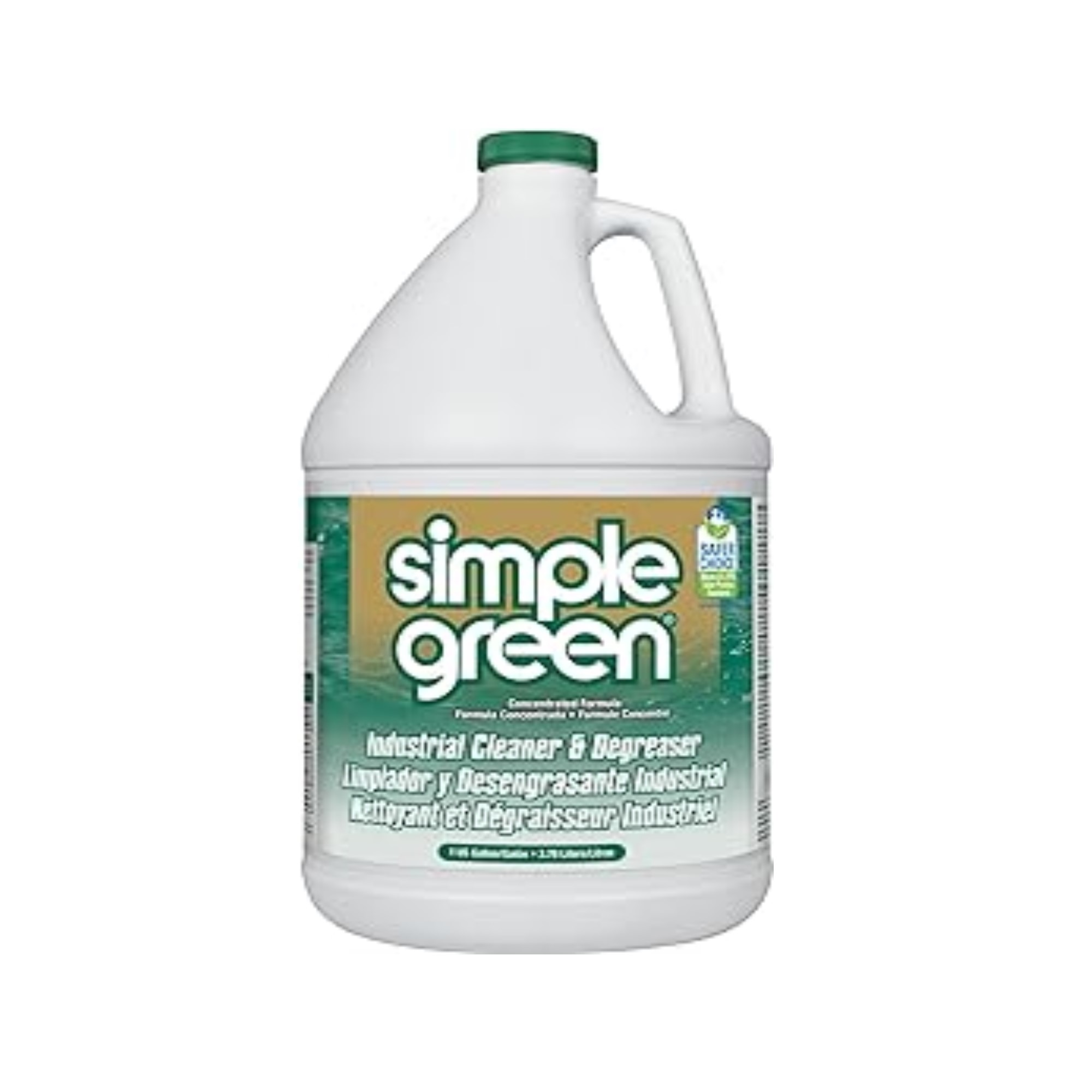
If you're not dealing with mold and just want an all-round great siding cleaner that also costs a bit less, Simple Green is the way to go. It's especially effective on siding that has a build-up of dirt and grime. It's very concentrated so you don't need to use a lot to clean your whole house.
FAQs
What are the pros of cleaning the siding on a house?
Yaier explains, ‘Siding cleaning is effective for removing dirt and mold to increase the curb appeal of your home while preventing wear.’
Think of your home’s siding as its skin: it’s the barrier that keeps out the harmful effects of the elements from entering the inside. The better condition it’s in, the better it will do this.
What are the cons of cleaning the siding on a house?
The main con is that when done incorrectly and/or harshly, a clean can damage your siding, resulting in costly repairs. Yaeir warns that what he calls ‘Irrational cleaning’ could lead to average repair costs of $500-$1,500. Overenthusiastic power washing ‘may cause damaged siding or even trap water behind the siding with the wrong pressure.’
What are the mistakes people make when cleaning the siding on a house?
One of the most common mistakes when cleaning the siding on a house is cleaning with a power washer set on high. This leads to damage and expensive repairs, and in some cases, according to Yaeir, can even ‘void warranties on some siding materials.’
If in doubt, he says, ‘Always do a small test area and follow the instructions provided by the manufacturers.’ Even if you don’t have instructions, it’s always prudent to start the cleaning on the lowest power washer setting. And if you know that your siding is made from a material that bends or dents easily (vinyl or aluminum), just use your garden hose.
Obviously, use your common sense when cleaning old siding. If it’s showing signs of damage, especially water damage, you’ll need to fix the siding before you can wet clean it to prevent mold growing underneath and potential getting inside your home.
Let’s say you have stucco siding that’s showing signs of water damage: warping and paint peeling. Although normally stucco is fine to power wash, it won’t be in this case and in fact, you likely will make the damage worse. Call in a construction professional for the next steps of repairing your siding before doing anything else to it.
Armed with this expert-led advice, you're ready to clean your siding. Just remember: be gentle, and less is more. Often, a gentler clean will be more effective and help prevent damage to your siding.

Anna is a professional writer and academic. She taught English Literature for several years before joining Future where she wrote for Real Homes, Homes & Gardens and Livingetc for four years. She is a regular contributor for Parade Home, BiggerPockets, and many other publications. In her spare time, Anna enjoys hiking and gardening.